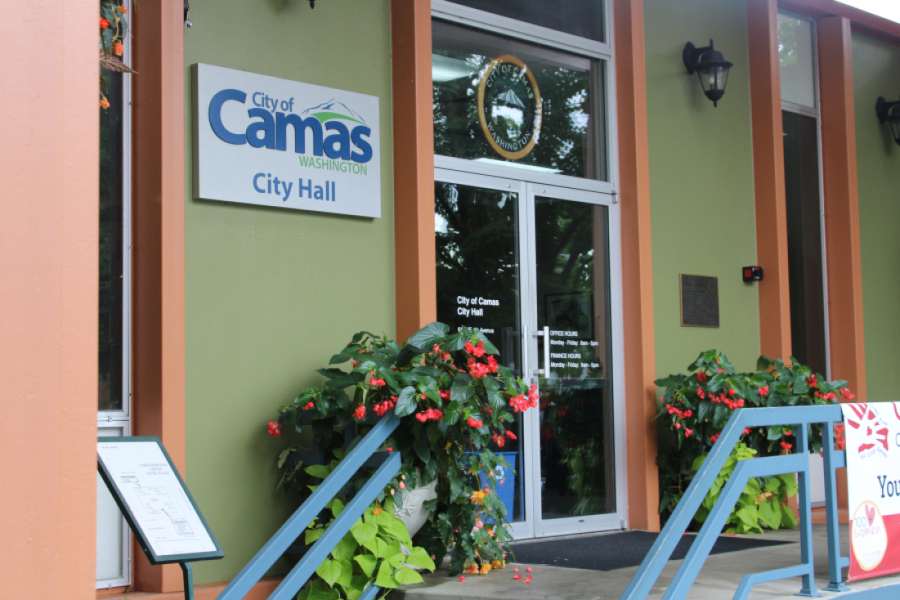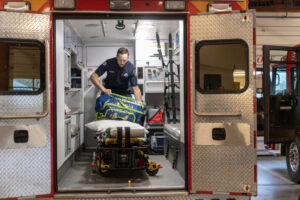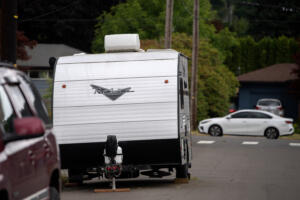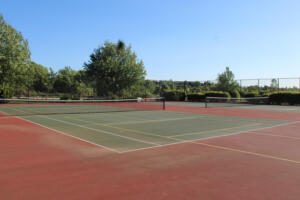Several Camas residents came before the Camas City Council last week to voice their opposition to a proposal that would build a gas station, convenience store and drive-through car wash off Northeast 13th Street near Northwest Friberg-Strunk Street in Camas.
The 0.97-acre site, which currently contains a single-family home and two outbuildings, is located adjacent to Camas Meadows Golf Club and less than a mile from Union High School and the Harmony Sports Complex.





